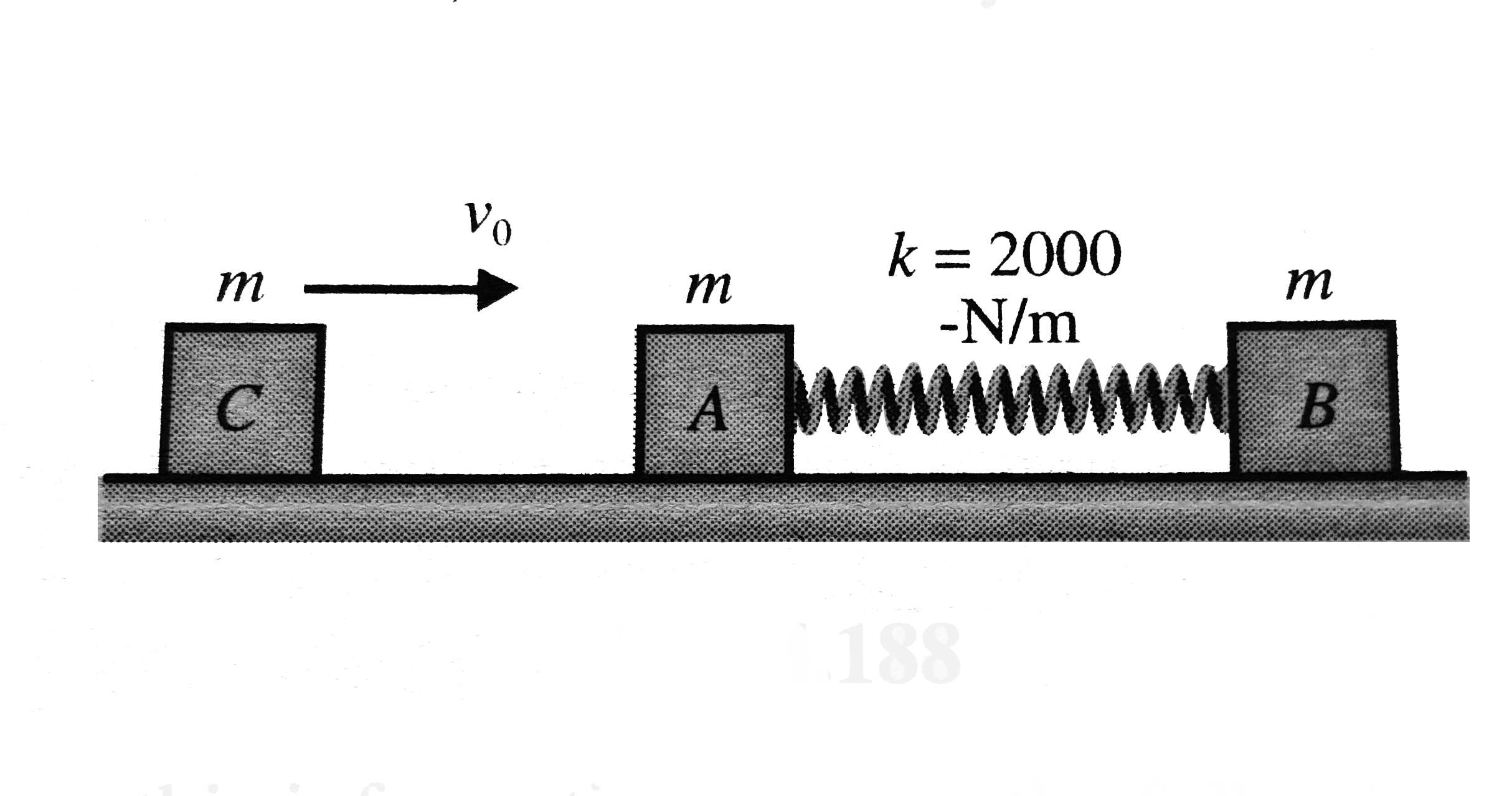To which group do the following belong to?
(i) Unicellular prokaryotes
(ii) Unicellular eukaryotes
To determine the groups to which unicellular prokaryotes and unicellular eukaryotes belong, we can follow these steps:
Step 1: Identify Unicellular Prokaryotes
- Definition: Unicellular prokaryotes are organisms that consist of a single cell and lack a defined nucleus. They are considered primitive forms of life.
- Classification: In the five-kingdom classification system, unicellular prokaryotes are classified under Kingdom Monera. This kingdom includes bacteria and blue-green algae (cyanobacteria).
Step 2: Identify Unicellular Eukaryotes
- Definition: Unicellular eukaryotes are organisms that are also single-celled but have a defined nucleus and more complex cellular structures compared to prokaryotes.
- Classification: Unicellular eukaryotes are classified under Kingdom Protista. This kingdom includes a diverse group of organisms such as protozoa and some algae.
Final Answer
- (i) Unicellular prokaryotes belong to Kingdom Monera.
- (ii) Unicellular eukaryotes belong to Kingdom Protista.
---
- Definition: Unicellular prokaryotes are organisms that consist of a single cell and lack a defined nucleus. They are considered primitive forms of life.
- Classification: In the five-kingdom classification system, unicellular prokaryotes are classified under Kingdom Monera. This kingdom includes bacteria and blue-green algae (cyanobacteria).
- Definition: Unicellular eukaryotes are organisms that are also single-celled but have a defined nucleus and more complex cellular structures compared to prokaryotes.
- Classification: Unicellular eukaryotes are classified under Kingdom Protista. This kingdom includes a diverse group of organisms such as protozoa and some algae.
- (i) Unicellular prokaryotes belong to Kingdom Monera.
- (ii) Unicellular eukaryotes belong to Kingdom Protista.
Topper's Solved these Questions
- BIOLOGICAL CLASSIFICATION FIVE-KINGDOM CLASSIFICATIONBOOK - ICSECHAPTER - BIOLOGICAL CLASSIFICATION FIVE-KINGDOM CLASSIFICATIONEXERCISE - REVIEW QUESTIONS (Short answer type questions)
16 Videos
- BIOLOGICAL CLASSIFICATION FIVE-KINGDOM CLASSIFICATIONBOOK - ICSECHAPTER - BIOLOGICAL CLASSIFICATION FIVE-KINGDOM CLASSIFICATIONEXERCISE - REVIEW QUESTIONS ( Long answer type questions )
10 Videos
- BIOLOGICAL CLASSIFICATION FIVE-KINGDOM CLASSIFICATIONBOOK - ICSECHAPTER - BIOLOGICAL CLASSIFICATION FIVE-KINGDOM CLASSIFICATIONEXERCISE - REVIEW QUESTIONS (Answer in one or two words)
8 Videos
- BIOLOGICAL CLASSIFICATIONBOOK - ICSECHAPTER - BIOLOGICAL CLASSIFICATIONEXERCISE - Ncert Exercises (Differentiate Between )
24 Videos
- BIOLOGY ISC SAMPLE QUESTION PAPER 2019BOOK - ICSECHAPTER - BIOLOGY ISC SAMPLE QUESTION PAPER 2019EXERCISE - PART-II (SECTION -C)
6 Videos
Similar Questions
Knowledge Check
Which of the following belongs to +I group ?
A−OHB−OCH3C−COOHD−CH3To which of the following phyla do leeches belong?
AMolluscaBArthropodaCEchinodermataDAnnelidaWhich of the following best distinguishes a prokaryotic cell from a eukaryotic cell?
AProkaryotic cells do not have a membrane-bounded nucleus, but eukaryotic cells do have such a nucleusBProkaryotic cells have flagella, but eukaryotic cells do notCProkaryotic cells are much larger than eukaryotic cellsDProkaryotic cells have a cell wall, but eukaryotic cells never do
To which chemical group do all enzymes belong?
View SolutionTo what chemical group do all enzymes belong?
View SolutionWhich one of the following is common to both prokaryotes and eukaryotes
View SolutionWhich of the following group belongs to Deuterostome ?
View Solution
Two identical blocks A and B, each of mass m=3kg, are connected with the help of an ideal spring and placed on a smooth horizontal surface as shown in Fig. Another identical blocks C moving velocity v0=0.6ms collides with A and sticks to it, as a result, the motion of system takes place in some way
Based on this information answer the following questions:
Q. Oscillation energy of the system i.e., part of the energy which is oscillation (changing) between potention and kinetic forms is
View Solution
